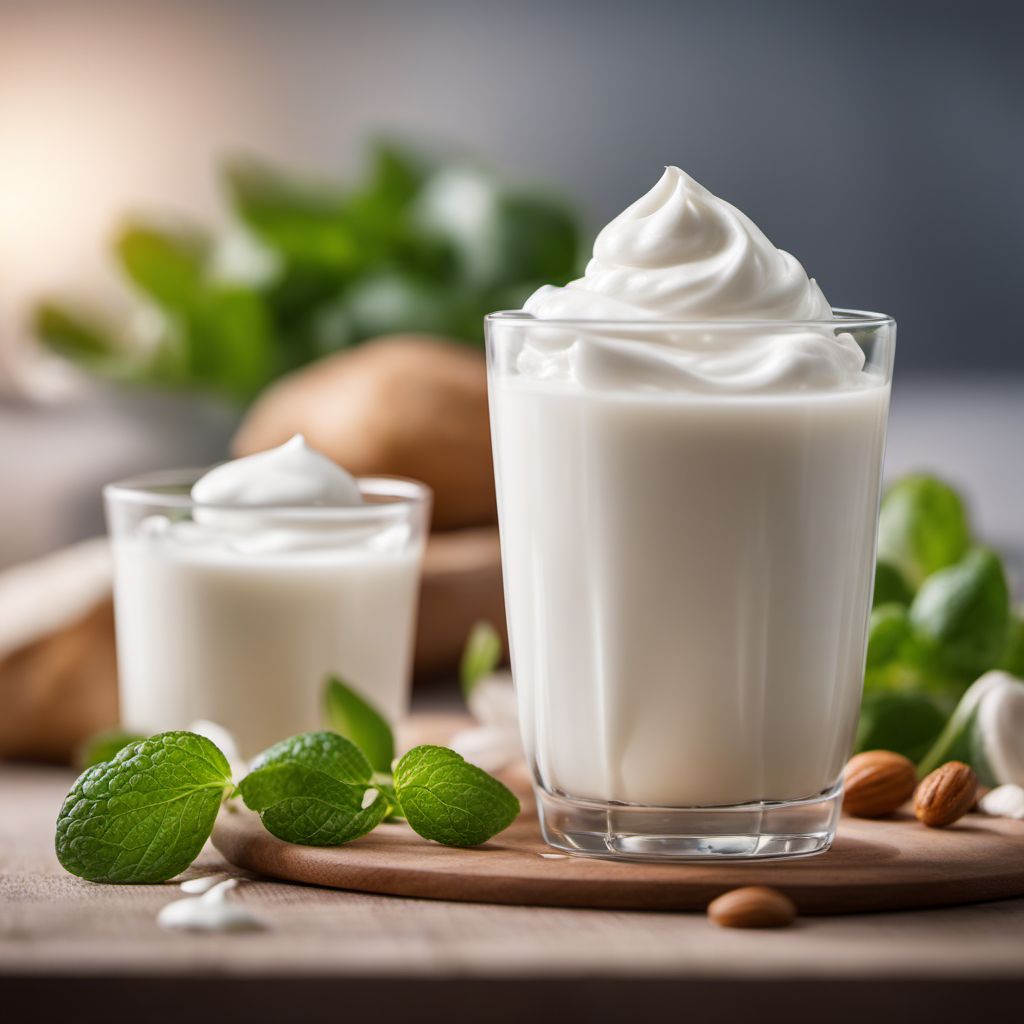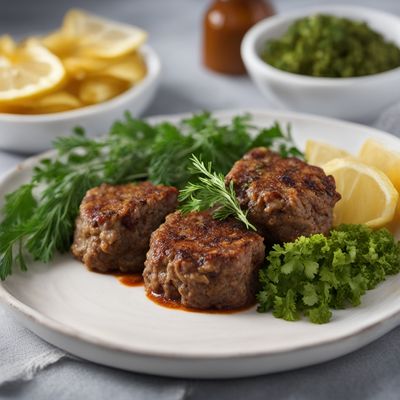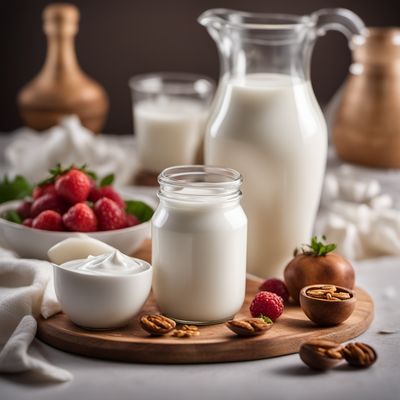
Ingredient
Yoghurt, cow milk
Creamy Delight
Yoghurt, derived from cow milk, is a thick and creamy dairy product with a tangy flavor and smooth texture. It is commonly used as a base for dips, dressings, marinades, and desserts, and can also be enjoyed on its own as a refreshing snack. Its versatility and health benefits make it a staple in many cuisines around the world.
Origins and history
Yoghurt has been consumed for centuries and has its roots in ancient civilizations such as Mesopotamia and India. It has been a part of various cultural and culinary traditions, and its production techniques have evolved over time. Today, yoghurt is enjoyed globally and is known for its probiotic properties and contribution to gut health.
Nutritional information
Yoghurt is a good source of protein, calcium, and probiotics, which promote a healthy digestive system. It is also low in calories and contains beneficial bacteria that support immune function.
Allergens
Cow milk yoghurt may contain lactose, making it unsuitable for individuals with lactose intolerance or milk allergies.
How to select
When selecting yoghurt, opt for varieties that are made from high-quality cow milk and have a smooth and creamy consistency. Look for products with minimal additives and preservatives. Check the expiration date to ensure freshness.
Storage recommendations
To maintain its freshness, yoghurt should be stored in the refrigerator at temperatures below 40°F (4°C). Keep it tightly sealed to prevent the absorption of odors from other foods. Consume within the recommended expiration date for optimal quality.
How to produce
Yoghurt can be produced at home by heating cow milk to a specific temperature, adding a starter culture or a small amount of pre-made yoghurt, and allowing it to ferment at a controlled temperature for several hours. The process may vary depending on the desired thickness and tanginess of the final product.
Preparation tips
Yoghurt can be enjoyed as a standalone snack, used as a topping for granola or fruit, incorporated into smoothies, or used as a base for creamy dressings, marinades, and sauces. It can also be used in baking to add moisture and richness to cakes, muffins, and breads.
Substitutions
Greek yoghurt, soy yoghurt, or coconut yoghurt can be used as substitutes for cow milk yoghurt. Each alternative offers a slightly different flavor and texture profile, allowing for versatility in various recipes.
Culinary uses
Yoghurt is commonly used in both sweet and savory dishes. It is a key ingredient in dishes like tzatziki, raita, and lassi, and is often used as a marinade for meats. Yoghurt is also a popular component in desserts such as frozen yoghurt, smoothies, and parfaits.
Availability
Yoghurt is widely available in grocery stores, supermarkets, and specialty food stores worldwide. It is commonly cultivated in countries with a strong dairy industry, such as the United States, India, Greece, and Turkey.
More ingredients from this category
Recipes using Yoghurt, cow milk

Murgh Malai - Creamy Chicken Curry
Creamy Chicken Curry with a Croatian Twist

Armenian Mushroom Manti
Savory Armenian Mushroom Dumplings: A Delightful Twist on Manti

İnegöl Köfte with Yogurt Sauce
Turkish Delight: Savory İnegöl Köfte with Creamy Yogurt Sauce

Croatian-style Biryani
Croatian Biryani - A Fusion of Flavors

Murgh Malai - Bosnian Style
Creamy Bosnian Chicken Curry

